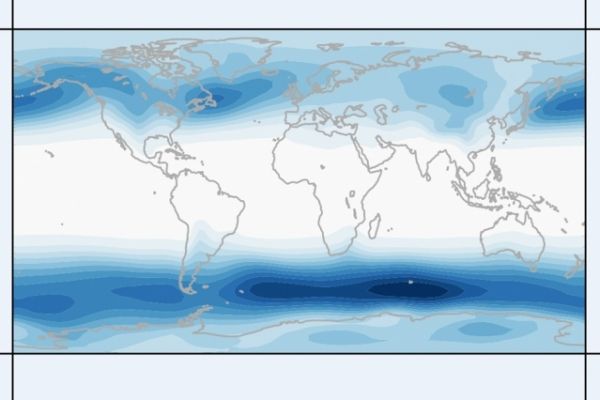How can the world combat the continued rise in global temperatures? How about shading the Earth from a portion of the sun’s heat by injecting the stratosphere with reflective aerosols? After all, volcanoes do essentially the same thing, albeit in short, dramatic bursts: When a Vesuvius erupts, it blasts fine ash into the atmosphere, where the particles can linger as a kind of cloud cover, reflecting solar radiation back into space and temporarily cooling the planet.
Some researchers are exploring proposals to engineer similar effects, for example by launching reflective aerosols into the stratosphere — via planes, balloons, and even blimps — in order to block the sun’s heat and counteract global warming. But such solar geoengineering schemes, as they are known, could have other long-lasting effects on the climate.
Now scientists at MIT have found that solar geoengineering would significantly change extratropical storm tracks — the zones in the middle and high latitudes where storms form year-round and are steered by the jet stream across the oceans and land. Extratropical storm tracks give rise to extratropical cyclones, and not their tropical cousins, hurricanes. The strength of extratropical storm tracks determines the severity and frequency of storms such as nor’easters in the United States.
Read more at Massachusetts Institute of Technology
Image: MIT researchers find that extratropical storm tracks — the blue regions of storminess in the Earth's middle latitudes — would change significantly with solar geoengineering efforts. Image: Courtesy of the researchers


